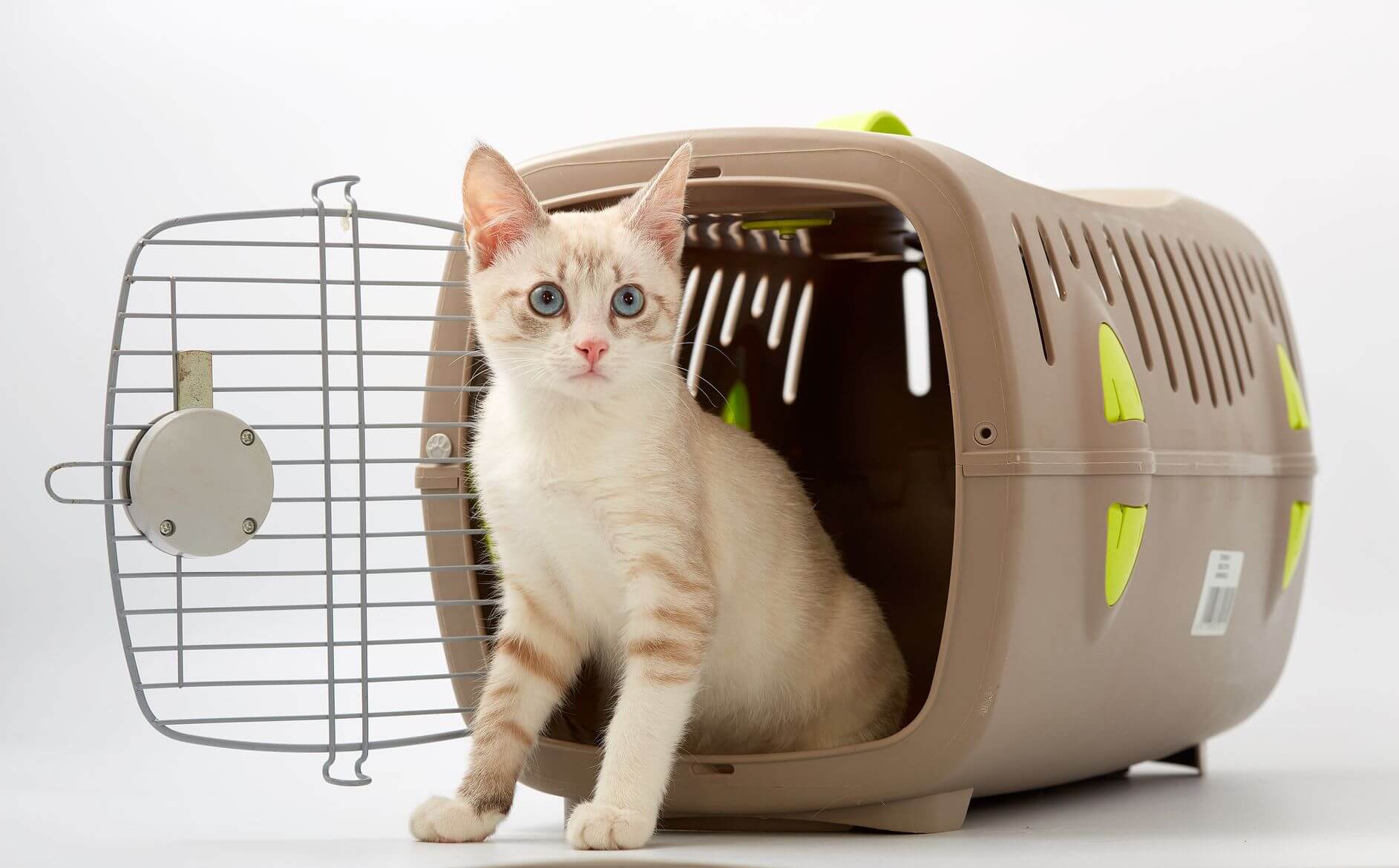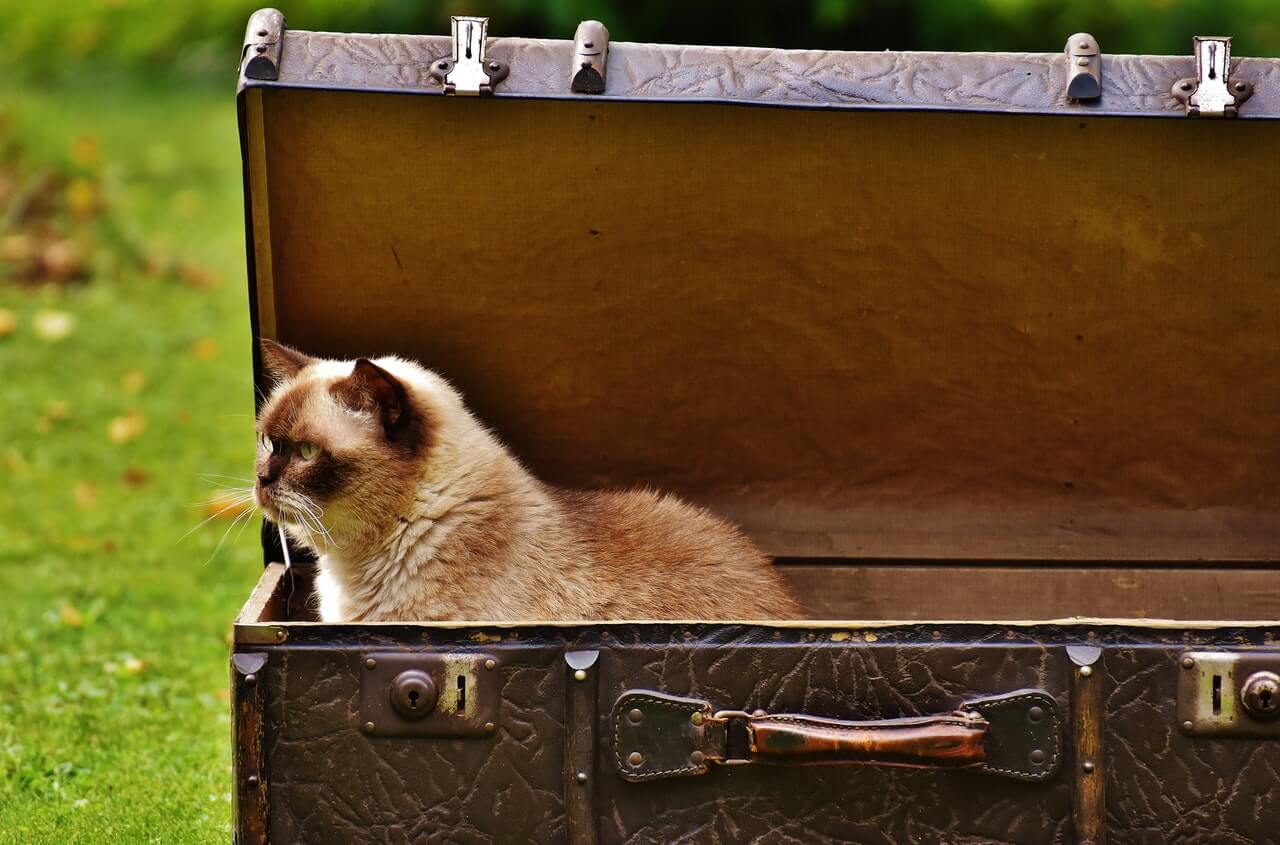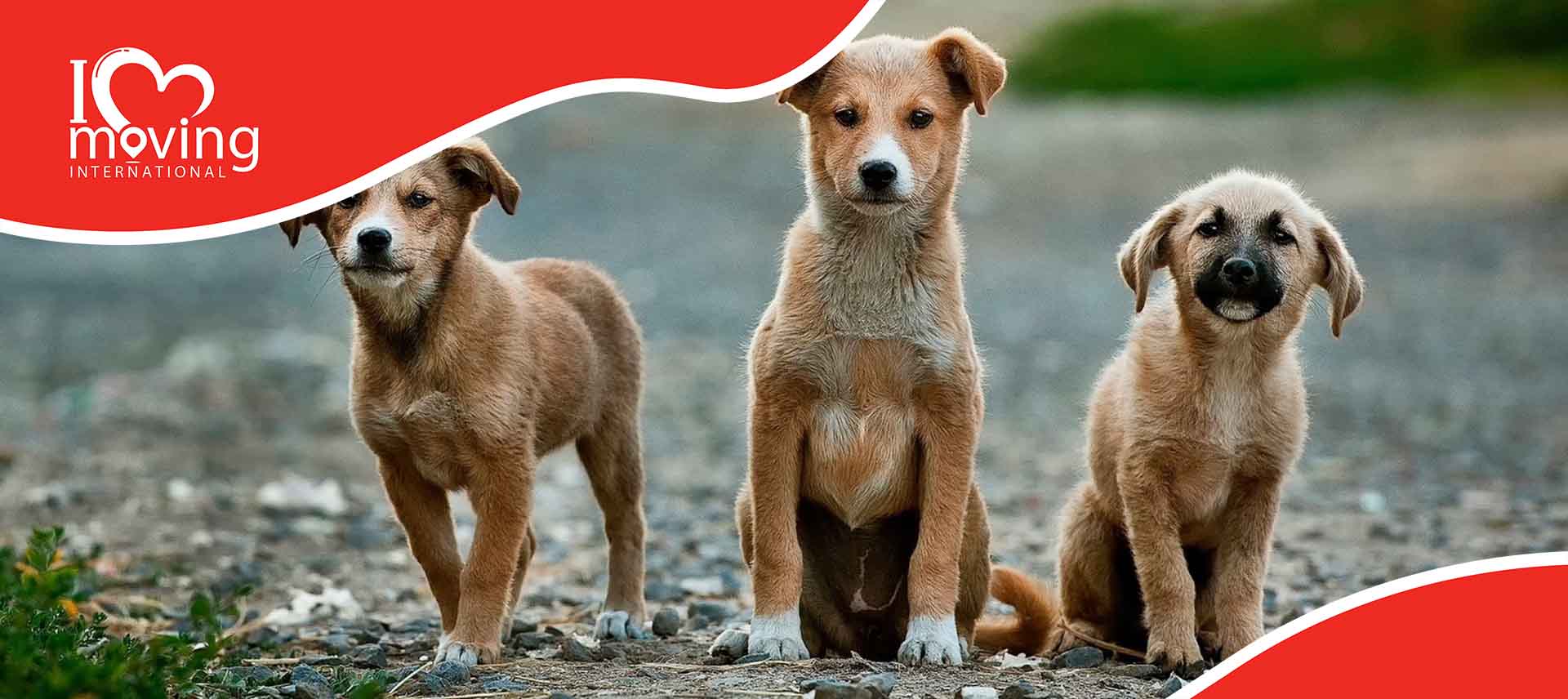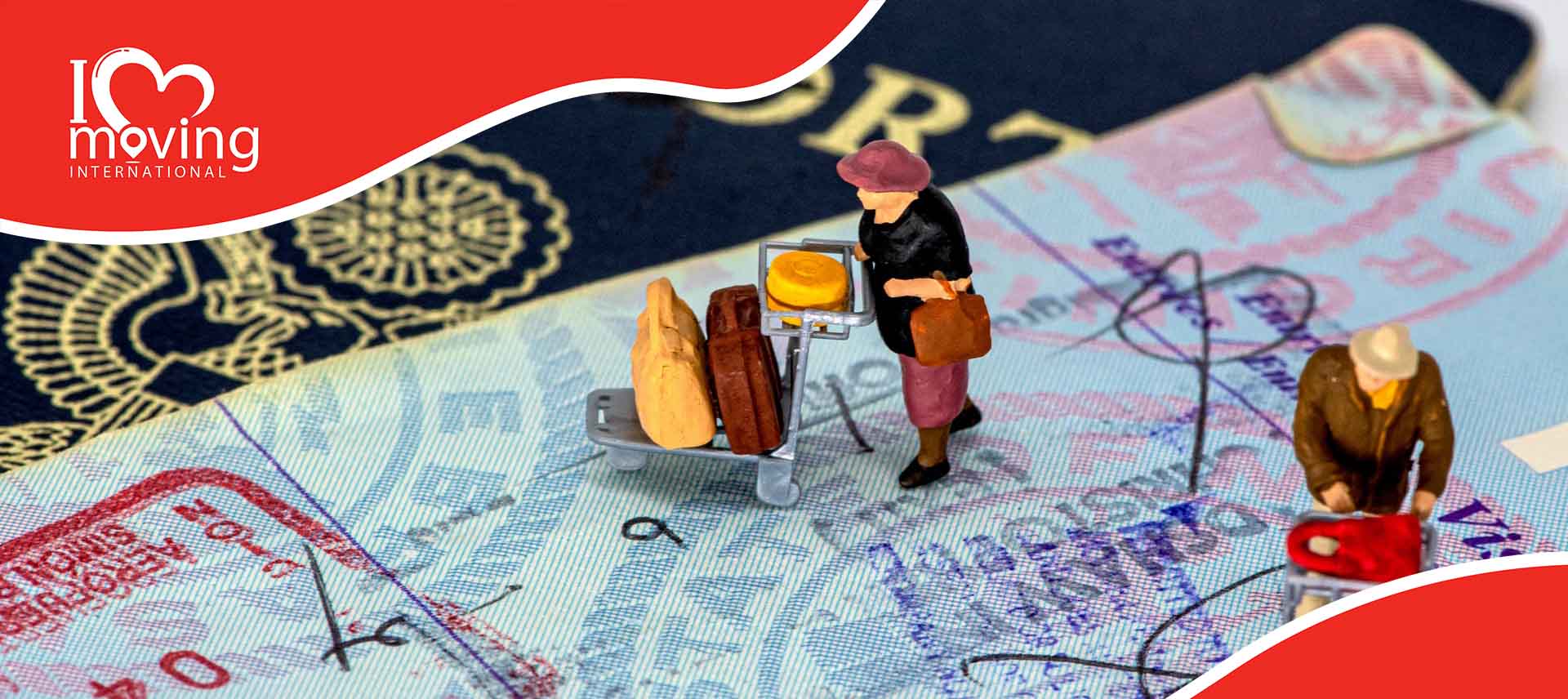Are you planning on moving with cats to another country? Then you should know that there are certain steps that have to be taken to ensure a safe and stress-free relocation with pets. Your beloved animal won’t really know what’s going on, so it is crucial to take special care of it during this time. That’s why we have decided to put together a guide to relocating with your feline friends.
Preparation for Moving with Cats
Before you begin the process of international relocation, there are certain preparatory steps you should take to ensure everything is ready for your pet’s move. Here are some of the most important things to take care of.
A Quick Guide Through the Paperwork
Just like you need a passport to travel to another country, so does your cat, depending on where you are moving. In fact, in the European Union, pets have actual passports that allow their owners to take them across borders. Do your research and find out what paperwork you’ll need in order to bring your pet abroad with you.
Make Sure Your Cat is Healthy
Around a month before the relocation, take your cat to a vet for a general checkup. Tell them about your plans and check that there aren’t any undetected health conditions or illnesses your cat might have.
Slowly Introduce New Routines
Most animals like having a routine they can follow. Packing up your home is bound to disrupt that routine. That is why it is important to slowly introduce new changes in your pet’s everyday life. For example, we suggest bringing boxes into your home and leaving them scattered around the house a couple of days before you’re planning to start packing. This way, your cat will get used to their presence.

Things to Consider on a Moving Day
The day of the relocation will probably be the most challenging for your pets. There will be unknown people coming in and out of the house, boxes will be taken away, furniture moved and removed, and so on. Here are some tips on what to do to decrease your cat’s stress level while all this is taking place.
Keep an Eye on Your Cats
The most important thing you should do is make sure your pets don’t run away. With all the ruckus going on, they will likely be prompted to try. That’s why we suggest closing your cat into the room that will be moved to the last, which is usually the bedroom. Put its carrier, bowls, and toys in the room with them to keep it occupied. Don’t forget to give them food at the usual times and maintain their typical diet. Once the time comes to empty the last room, make sure your pets are locked in their carriers.
Consider a Kennel or a Pet Sitter
If you feel like all of this will probably be too much for your furry friend to handle, consider having someone look after it during the moving day. You could drop it off in a professional kennel and pick it up once your new home is ready. Alternatively, you can hire a pet sitter for a day or two.

Consider Different Types of Transportation Options
Now that all your household belongings are being shipped overseas to your new home, it is time for you and your pets to make your way there. Here are some tips on how to transport your pets to another country.
Find an Animal-Friendly Airline
Since you’re moving abroad, you will likely be flying to your destination. To be able to take your animal or animals with you, pick an airline that allows animal transportation. Make sure to get all the necessary information about the related rules.
Keep the Cat in Its Carrier
If your pet is traveling with you and not in the luggage area, do not open the carrier. It will likely try to run away as soon as the door opens. To avoid this, simply try to comfort it through the carrier’s gate. In addition, go easy on food and water, as they could upset the animal’s stomach due to stress.
Consult Your Vet
If you’re worried about how your pets will take the stress of flying, consult your vet about anti-anxiety medication. Under no circumstances should you medicate the animal on your own accord.

Set the Cat Free in Your New House
Once you’ve moved into your home, it’s time to let your pets settle down and get used to the unfamiliar house or apartment. Here are some tips on how to do that.
Maintain a Routine
Keeping a similar routine to the one your feline friend had in the old home will help it adjust to the new environment more easily. That is, don’t change around the food and nap time. You also shouldn’t change the food and diet your animal is used to. Keep its old toys and blankets, as they are familiar objects that will help the animal relax. Let them explore room by room so that they slowly get acquainted with their surroundings.
In addition to this, you should keep a close eye on your pets and pay attention to any unusual behaviors, such as refusing food or being overly friendly or distant. Your cats have just been through a very stressful event and it might have left some consequences. The sooner you notice these things, the easier it will be to deal with them.
Find a New Vet and Look for Advice on WebMD
As soon as you’ve settled down in your home, do some research and find the best local veterinarian for your pets. You never know when you’ll need one, so it’s crucial that you do this early on. Read reviews, ask for recommendations, look for advice on WebMD and pick the best possible option.

What is The Best Cat Breed for Travel?
If you’re considering a cat companion that can handle travel well, you’re on the right track by looking at specific breeds known for their adaptability and calm temperaments. Persians and Scottish Folds are indeed excellent choices. Persians typically exhibit a laid-back and gentle nature that makes them less prone to stress during travel. Scottish Folds are known for their easygoing and affectionate behavior, which can make them ideal travel companions as they usually cope well with changes in their environment.
Additionally, Siamese cats are also a great choice for travel. They are known for their social and vocal nature, and they typically form strong bonds with their owners, which can help them feel more secure when traveling. Siamese cats are also quite adaptable and can manage well in new environments as long as they receive attention and care.
Russian Blues are another breed that travels well. They are typically quiet and shy but are known for their loyalty to their owners. Their calm and reserved nature can make them less reactive to the stressors of travel. Plus, their short, dense coat doesn’t shed much, which is a bonus for maintaining cleanliness during trips.
When choosing a cat for travel, consider not only the breed but also the individual cat’s personality and past experiences. Some cats, regardless of breed, might be more accustomed to travel if they start at a young age. Always ensure your travel plans accommodate breaks and provide a safe, comfortable environment for your cat to reduce stress. Also, consider consulting with your veterinarian to prepare properly for travel, ensuring your cat is healthy and up-to-date on vaccinations and other health requirements.

I Love International Moving Will Handle Your Belongings While You Are Handling Your Pet
Planning your move to a new country can be challenging, especially when you have a furry companion to consider. At I Love International Moving, we understand that your pet is part of the family. That’s why we take the stress out of moving your belongings, so you can focus on ensuring your pet’s comfort and safety during the relocation.
From expert packing to secure transportation, we handle every aspect of moving your household. Our specialized services ensure that everything from your delicate items to bulky furniture is managed with the utmost care. Meanwhile, you can prepare your pet for the journey, keeping them calm and comfortable, knowing all your belongings are in safe hands.
Choose I Love International Moving for a seamless move and focus on what matters most—getting your pet ready for its new home abroad. Call us today to find out how we can tailor our moving solutions to meet your family’s needs, including pets!












